【FOCUS】Smart Sustainable Cities
The growing size and population of urban cities has caused fractions and increased difficulties for governance. Today we will study five urban solutions which demonstrate effective e-governance and showcase new ways for citizen to participate in urban administration.
Veracruz, Mexico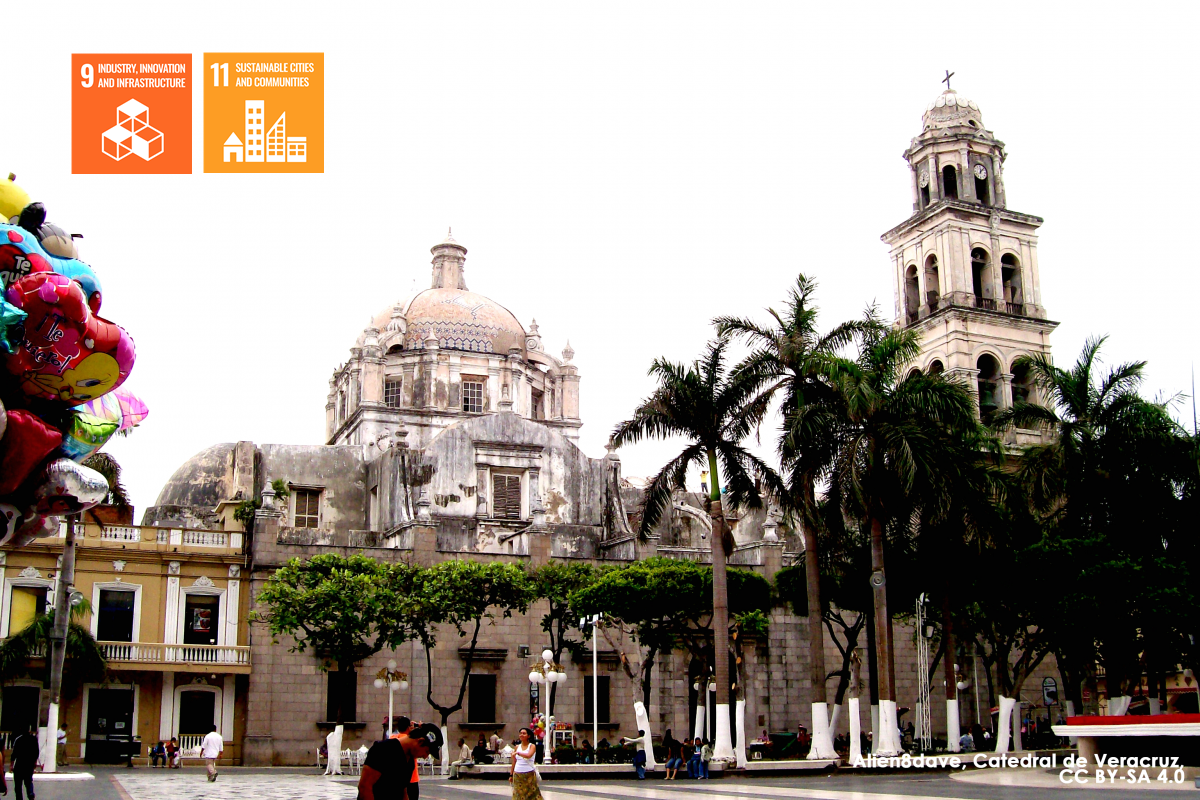
The Veracruz Digital City (VDC) program laid the foundation for the development of Veracruz into a full-fledged smart city. The program combines principles of open government and e-Government by making use of ICT to increase transparency and generate digital services oriented to citizens.
more information:
http://we-gov.org/catalog/?mod=document&uid=782
Moscow, Russia
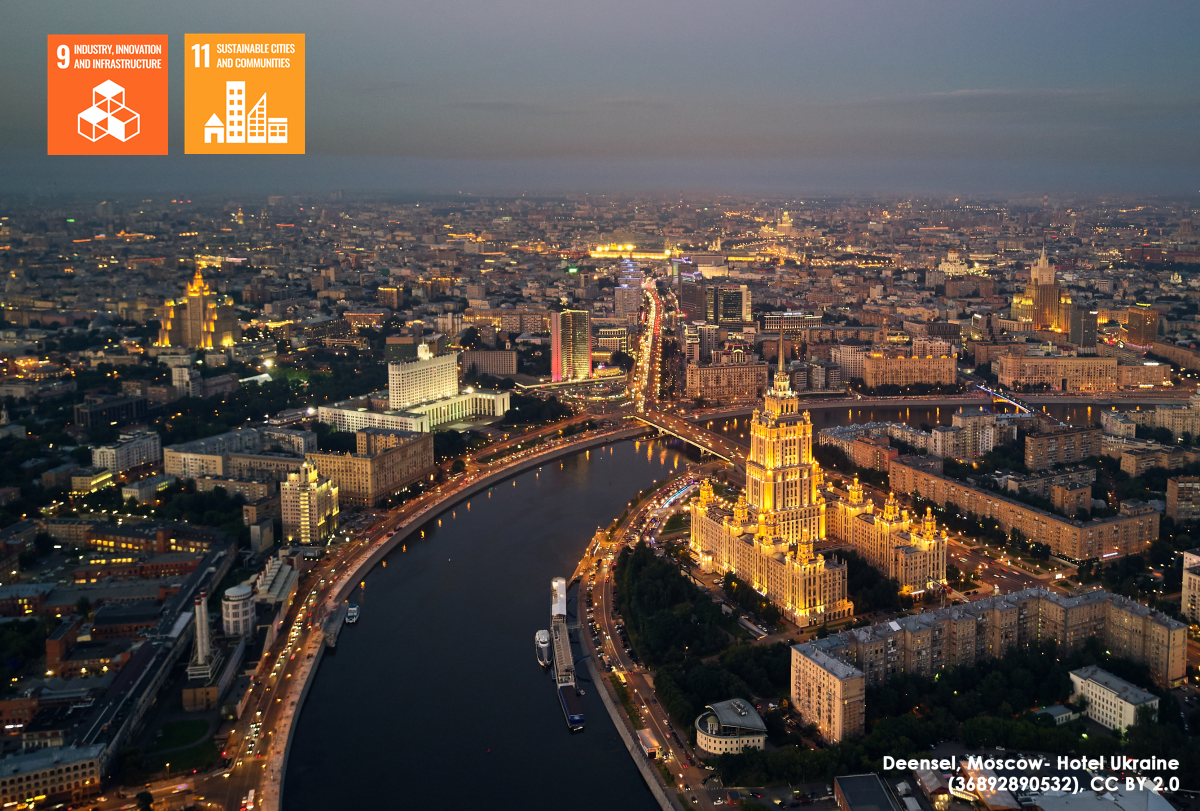 With over 12.5 million residents, Moscow is one of the most populous cities in the world. Traditional in-person transactions and cash payments resulted in long queues for citizens, overworked city employees, and lots of delays and inefficiencies in the process. In 2010, the city government developed a one-stop citizen portal to deliver comprehensive e-services and open more communication channels between citizens and government. This new system makes services more accessible to citizens, but also increases efficiency in the government by reducing the number of hours, resources, and funds invested. 97% of all government services have been fully transformed to electronic format, and the city hopes to transform all government services exclusively to electronic form.
With over 12.5 million residents, Moscow is one of the most populous cities in the world. Traditional in-person transactions and cash payments resulted in long queues for citizens, overworked city employees, and lots of delays and inefficiencies in the process. In 2010, the city government developed a one-stop citizen portal to deliver comprehensive e-services and open more communication channels between citizens and government. This new system makes services more accessible to citizens, but also increases efficiency in the government by reducing the number of hours, resources, and funds invested. 97% of all government services have been fully transformed to electronic format, and the city hopes to transform all government services exclusively to electronic form.
more information:
http://we-gov.org/catalog/?mod=document&uid=779
Biscay, Spain
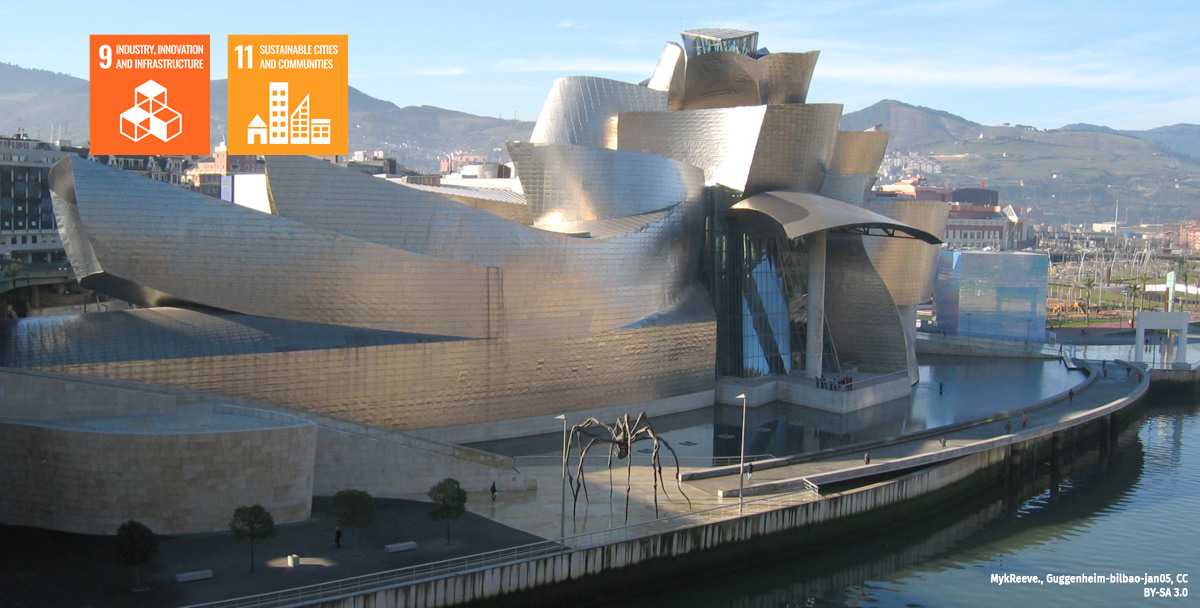 The BiscayTIK Project is a cloud-based ICT solution that offers streamlined and centralized e-Government services. The project was launched with the intent to reduce the workload of daily operations, facilitate interactions between administrations, and open new communication channels for citizens and administrators. Part of the BiscayTIK Project was the development of the Municipal Administrative Manager (MAM), an online platform for administrators to manage internal operations including: document registry, demographic data, accounting, budget, land registry, tax collection and management, payroll, etc. For citizens, the project created a website with 24/7 access to all municipal services.
The BiscayTIK Project is a cloud-based ICT solution that offers streamlined and centralized e-Government services. The project was launched with the intent to reduce the workload of daily operations, facilitate interactions between administrations, and open new communication channels for citizens and administrators. Part of the BiscayTIK Project was the development of the Municipal Administrative Manager (MAM), an online platform for administrators to manage internal operations including: document registry, demographic data, accounting, budget, land registry, tax collection and management, payroll, etc. For citizens, the project created a website with 24/7 access to all municipal services.
more information:
Edmonton, Canada
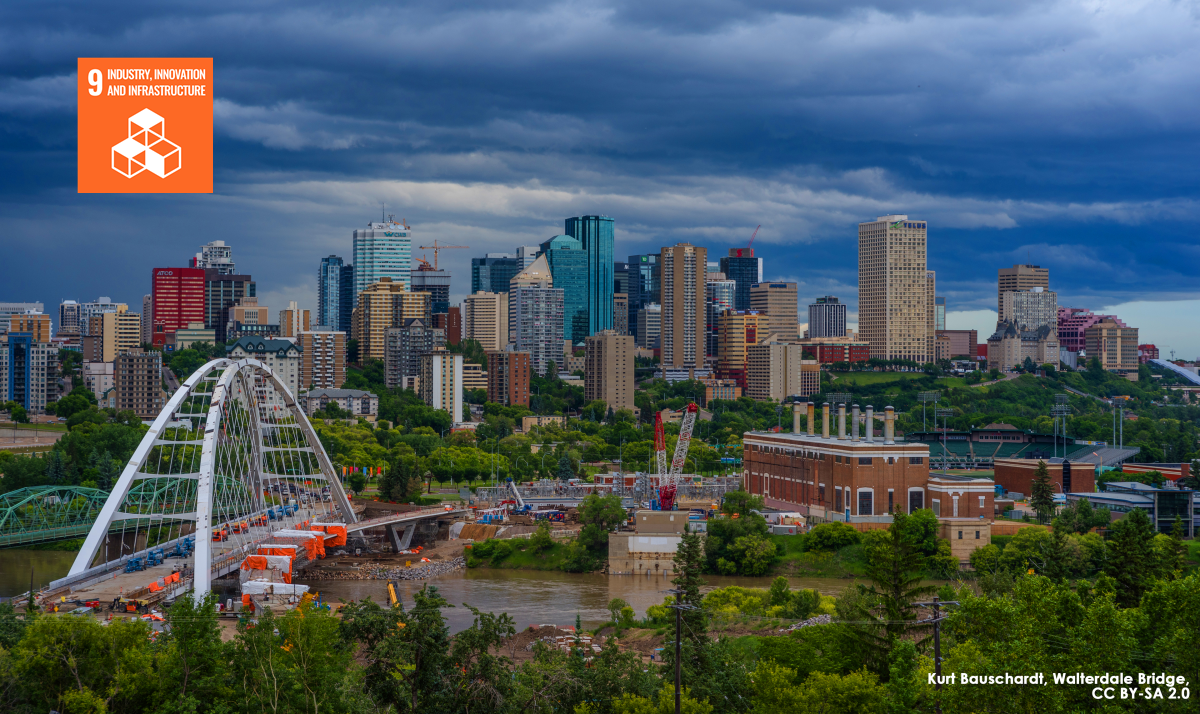 In 2014, the City of Edmonton launched the Open City Initiative after seeing a positive reaction to the Open Data Portal launched in 2010. The Open Data Portal increased government transparency and allowed the city to share data in a convenient and centralized place. In 2015, the Edmonton City Council adopted the Open City Policy, which included conducive legislation and a comprehensive framework to carry out the ambitious Initiative. The Initiative was also included in, “The Way Ahead Plan,” a document that outlines Edmonton’s aspirations for the future and defines the goals they hope to accomplish by 2040.
In 2014, the City of Edmonton launched the Open City Initiative after seeing a positive reaction to the Open Data Portal launched in 2010. The Open Data Portal increased government transparency and allowed the city to share data in a convenient and centralized place. In 2015, the Edmonton City Council adopted the Open City Policy, which included conducive legislation and a comprehensive framework to carry out the ambitious Initiative. The Initiative was also included in, “The Way Ahead Plan,” a document that outlines Edmonton’s aspirations for the future and defines the goals they hope to accomplish by 2040.
more information:
https://www.edmonton.ca/city_government/initiatives_innovation/foundational-elements.aspx
Jarkarta, Indonesia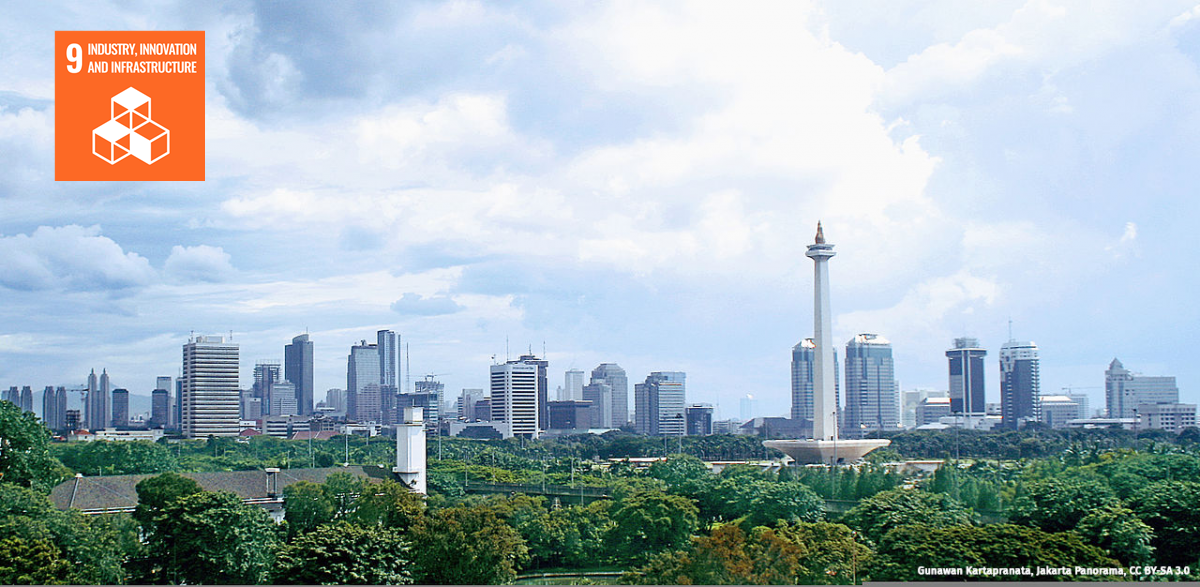 Like many mega cities of its size, Jakarta faces challenges in streamlining information among its departments and sharing the information with its citizens. With over 10 million people, the city understandably generates massive amounts of data, and yet, prior to the Smart City Portal project, there was very little public access to such data. In addition, there was a reluctance for different city departments to share data and in some cases, when the data was shared, it was often incompatible among departments. Launched in 2015, the main objective of the Jakarta Smart City Portal was to create a platform to disseminate data to citizens and to increase government transparency and trust. The new portal system has also integrated all public complaint handling and has reduced the process time to only 9 hours on average with a completion rate of 88%.
Like many mega cities of its size, Jakarta faces challenges in streamlining information among its departments and sharing the information with its citizens. With over 10 million people, the city understandably generates massive amounts of data, and yet, prior to the Smart City Portal project, there was very little public access to such data. In addition, there was a reluctance for different city departments to share data and in some cases, when the data was shared, it was often incompatible among departments. Launched in 2015, the main objective of the Jakarta Smart City Portal was to create a platform to disseminate data to citizens and to increase government transparency and trust. The new portal system has also integrated all public complaint handling and has reduced the process time to only 9 hours on average with a completion rate of 88%.
https://smartcity.jakarta.go.id/


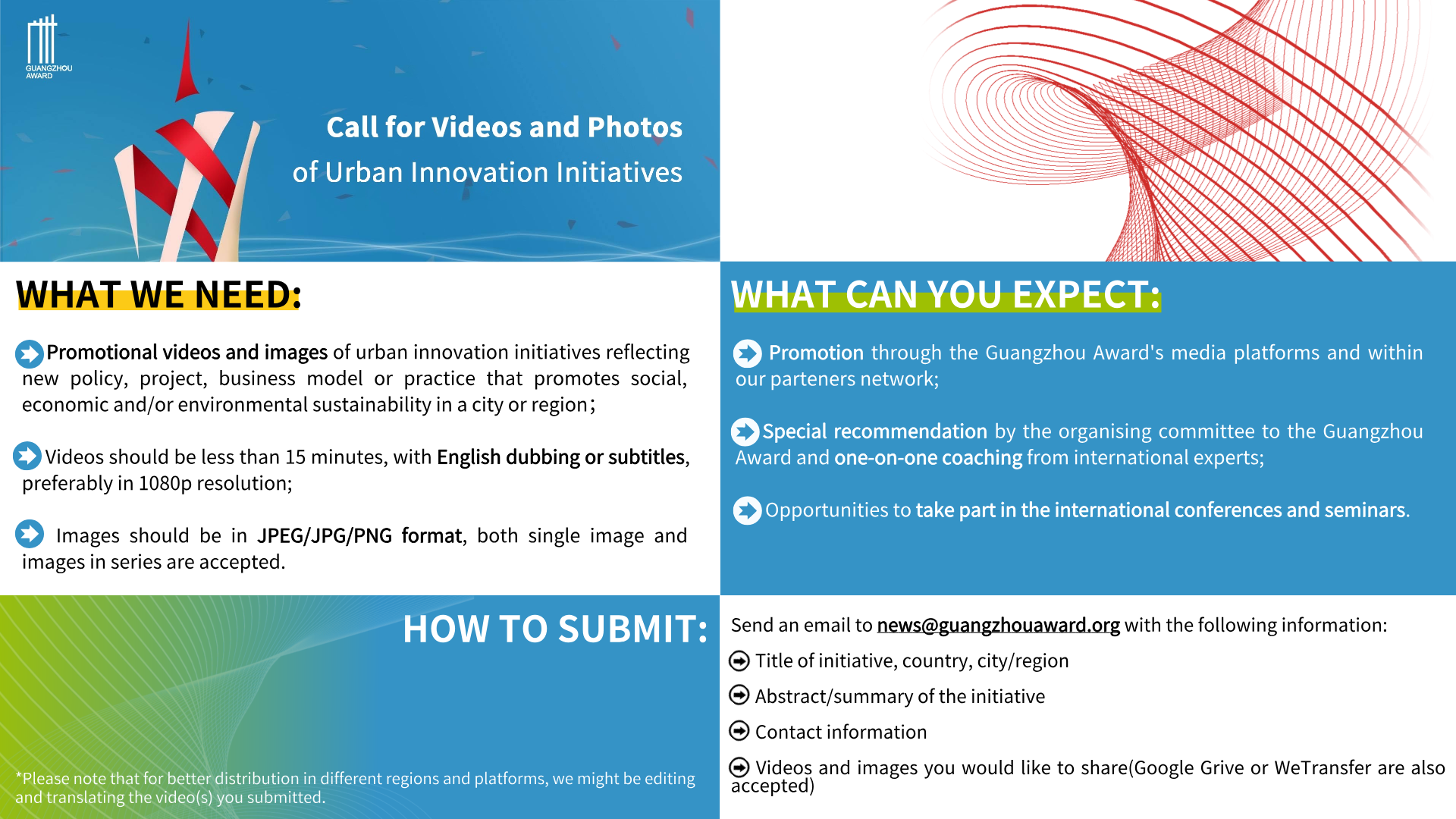 test
test Urban Innovation in China | Hainan: Transforming Mangroves into “Golden Groves”
Urban Innovation in China | Hainan: Transforming Mangroves into “Golden Groves” In Focus | Empowering the “She” in the Family
In Focus | Empowering the “She” in the Family In Focus | The World Earth Day: Planet vs. Plastics
In Focus | The World Earth Day: Planet vs. Plastics




















 Tel: +86 20 3780 4434
Tel: +86 20 3780 4434 Email: info@guangzhouaward.org
Email: info@guangzhouaward.org Address: Rm 1609, FuLiXinTianDi, No.307 Guangzhou Dadao Zhong, Yuexiu District, Guangzhou, Guangdong, 501600, PRC
Address: Rm 1609, FuLiXinTianDi, No.307 Guangzhou Dadao Zhong, Yuexiu District, Guangzhou, Guangdong, 501600, PRC




